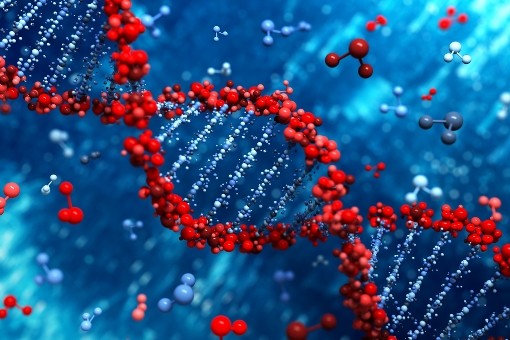Gene-edited cell lines could be compatible with 90% of the world

Genome-editing strategies are being explored which could mean that just 12 lines of next-generation therapeutic iPSCs could treat 90% of the world’s population.
In research presented today at the American Society of Gene & Cell Therapy Annual Meeting (April 29 — May 2, Washington, DC, USA), Huaigeng Xu (Kyoto University, Japan) has suggested two genome-editing strategies for next generation donor iPSCs that could overcome current hurdles.
There is much potential for iPSCs in regenerative medicine, however, HLA-mismatching can lead to immune rejection. Two current preventative methods that are being investigated include B2M gene knockout, however this may induce NK cell activity and fail to present antigens, and HLA-homozygous iPSC stocks, in which it is challenging to recruit rare donors.
With these potential hurdles, Xu looked to genome-editing strategies for production of next generation iPSCs. In the first method, HLA pseudo-homozygous iPSCs were produced by editing one specific HLA haplotype of heterozygous iPSCs. Secondly, HLA-C-retained iPSCs were generated by disrupting both HLA-A and -B alleles, while retaining at least one HLA-C allele in order to suppress the NK cell response and retain antigen presentation.
The HLA-C-retained iPSCs could evade T cells and NK cells both in vitro and in vivo. Xu estimates that “12 lines of HLA-C-retained iPSCs are immunologically compatible with over 90% of the world-wide population”. It is hoped that this method could greatly facilitate iPSC-based regenerative medicine applications
Source: Xu H. Targeted Disruption of HLA Genes by Genome Editing for Next Generation Donor iPS Cells. Presented at: American Society of Gene & Cell Therapy Annual Meeting. Washington, DC, USA. 2019